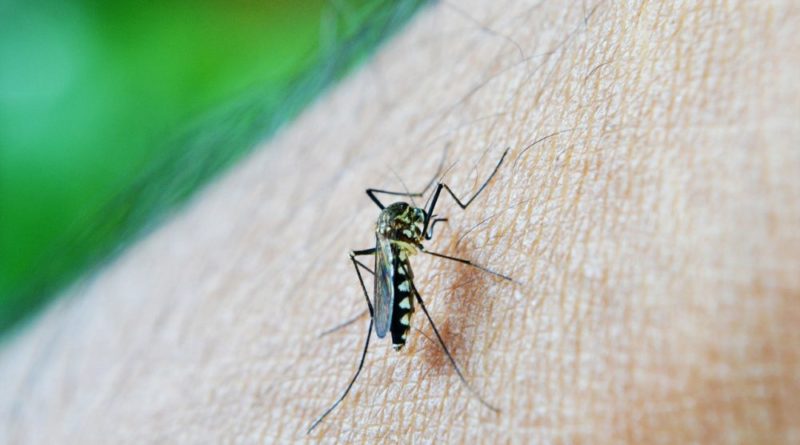Cimate change could impact malaria transmission in Africa according to new research published in the journal Nature Communications.
For several years, researchers have debated the impact that warming temperatures will have on malaria incidence.
In order to understand this connection, researchers at the Barcelona Institute of Global Health (ISGlobal) used mathematical modelling to analyse the association between malaria cases, regional climate (local temperatures and rainfall) and global climate (in particular the effect of El Niño and the Pacific Decadal Oscillation on the Pacific Ocean) in Oromia, a densely populated highland area in Ethiopia.
Having analysed this data, the researchers found that the variation in malaria cases shows a strong correlation with changes in regional temperatures.
The regional decline in temperatures linked to the slowdown in climate change coincided with the reduction in malaria cases observed from 2000, five years before disease control measures were reinforced.
This decline in cases also coincided with the slowdown in the increase of global surface temperature, as a result of the El Niño and the Pacific Decadal Oscillation. The researchers have highlighted that there is a ‘chain of effects’ from global climate variability to regional temperature variations in East Africa, which translates into new malaria cases in the Ethiopian highlands. This showcases the close connection between climate and health.
Xavier Rodó, head of the climate and health programme at ISGlobal and first author of the study, said: ‘We see that malaria epidemiology in these areas is strongly under climate control at all scales (months, years and even decades), which settles once and for all the debate on whether climate change is affecting or not the dynamics of malaria in Africa.
‘The evidence that the slowdown in warming influenced malaria transmission demonstrates the strong coupling between disease and climate. These results also emphasise the value of considering climate conditions when evaluating public health interventions aimed at disease control, and of integrating them into early warning systems.’
Article Credit: environmentjournal
